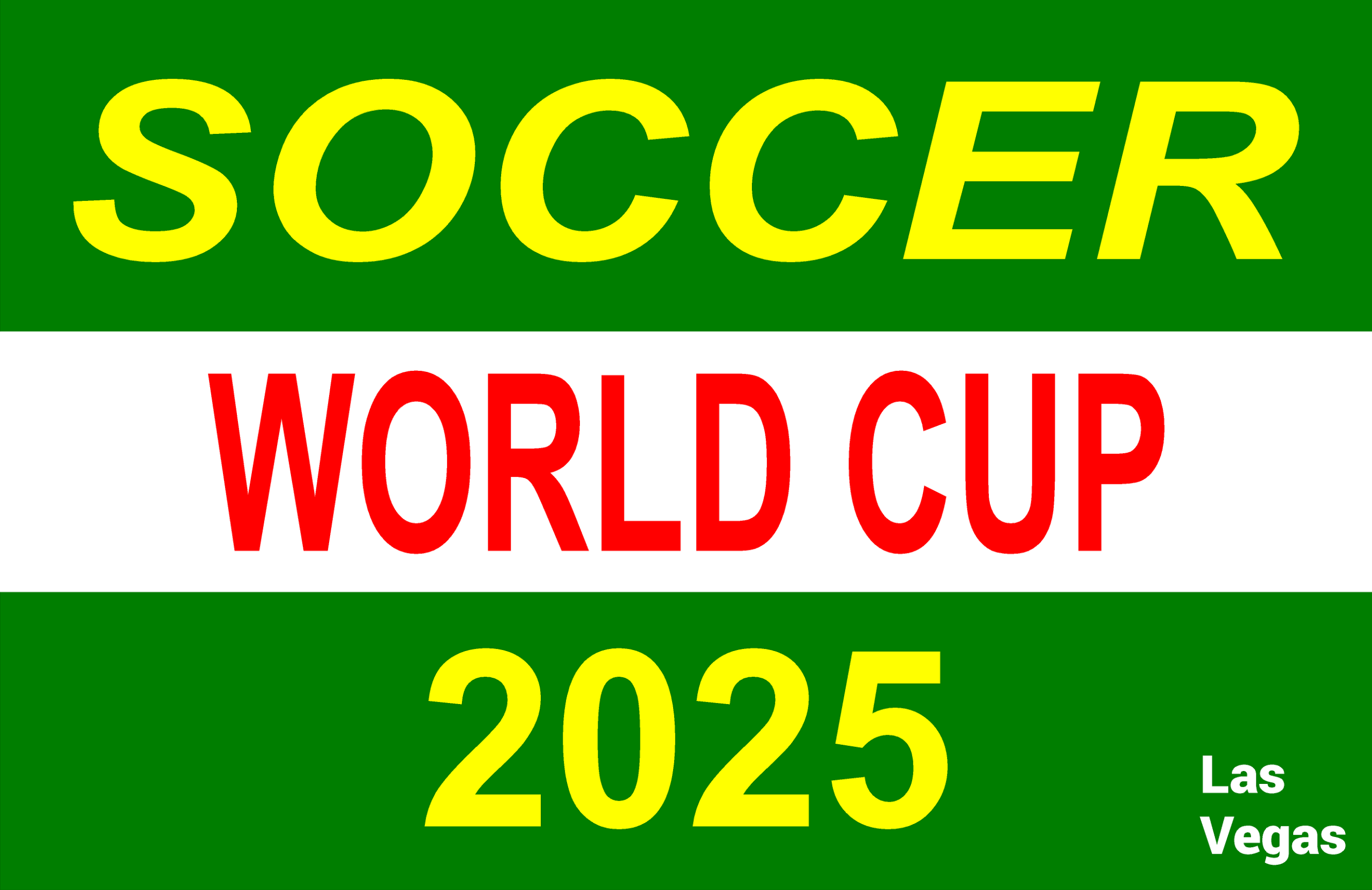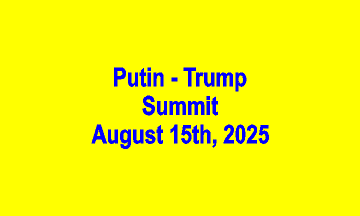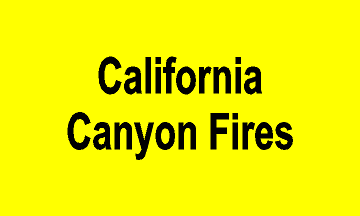The FIFA World Cup Banner is more than a sports tournament. It’s a cultural celebration watched by billions. Signs and banners play a key role in that experience. They bring fans together, motivate players, and create stunning visuals in stadiums. From towering entrance banners to hand-held fan signs, every element adds excitement.
Stadiums become massive canvases of global pride. FIFA officials, sponsors, and fans rely on signage to communicate. Large printed banners stretch across entry gates. Colorful signs hang from balconies and rails. Each message contributes to the tournament’s electric atmosphere.
Fans arrive early with their personalized banners. Many display player names or country flags. Others include creative slogans like “One Nation, One Team” or “Viva Argentina!” These messages speak directly to the players and to other fans watching nearby. Banners become personal statements of passion and hope.
Players often see these signs during warmups. It boosts morale. National teams feel the energy of their supporters. These banners often become the focus of broadcast cameras. Viewers around the world watch them on live TV. The emotional connection becomes stronger when fans’ messages are visible to all.
Supporting Teams with Creativity For The FIFA World Cup Banner
Each FIFA match features a range of banners. Some signs are digital and appear on LED displays. Others are fabric or vinyl banners waved by the crowd. Fans from Brazil often hold bright green and yellow signs that match their national kit. Argentinian fans use sky blue and white designs that echo their national flag.
Creative banners include player portraits and goal tally charts. They track each goal scored throughout the tournament. For example, during the 2022 World Cup, French fans created a running banner tracking Mbappé’s goals. That kind of signage becomes a shared scoreboard in the stands.
Support banners for underdog teams also gain attention. Moroccan fans in 2022 carried bold red banners reading “Lions of Atlas: Unstoppable.” These signs celebrated the team’s unexpected journey to the semi-finals. Even broadcasters mentioned those banners during live commentary.
Vinyl banners are popular for their durability. These signs resist weather and hold bright colors well. Fans and event organizers choose vinyl for stadium use. With simple installation, these banners go up quickly and last through each matchday.
Commercial and Official Messaging
FIFA and its sponsors depend on signage to drive brand exposure. Companies pay millions for banner placement. Signs featuring brands like Adidas, Coca-Cola, and Visa line every pitch. These banners are strategically located along the sidelines and in media zones.
Every camera shot includes those sponsor banners. Global viewers see them during every free kick and goal replay. That kind of visibility is worth more than most advertisements. Brands know the value of a well-placed World Cup sign.
Host cities also use signage to guide visitors. Banners direct fans to public transport, food courts, and merchandise zones. Signs written in multiple languages help international guests navigate the venue. From parking lots to stadium tunnels, every space uses banners to communicate clearly.
In Qatar 2022, entrance signs featured Arabic and English text. These signs welcomed visitors to modern stadiums. Temporary signage even guided fans through desert fan zones and remote entry points. Every banner contributed to a smoother fan experience.
Unity and Celebration Through Design
Banners don’t just promote teams or brands—they unify fans worldwide. Supporters from different nations use signs to show mutual respect. For example, fans from Japan displayed “Thank You Qatar” signs after their final match in 2022. It was a gesture of appreciation that trended across social media.
Custom banners also celebrate global causes. During World Cups, some signs promote equality, anti-racism, and environmental messages. These banners add depth to the visual culture of the event. FIFA has supported themed signage during recent tournaments, including rainbow-colored banners that promote diversity.
The design of each banner matters. Bold fonts, national flags, and player names appear across stadiums. Artists and printers collaborate to produce standout signs. Teams may also provide official fan banners, giving supporters unified messages to hold high. These banners sometimes include QR codes or AR features for digital engagement.
Digital banners change messages in real-time. During halftime or penalties, signs can switch content instantly. Sponsors use this technology to show special promotions. Fans see dynamic graphics and animations that respond to gameplay.
Fans even coordinate massive banner waves across stadium sections. These actions require planning and unity. When a goal is scored, the entire section lifts a giant banner overhead. These banner waves become iconic moments and often go viral online.
The Lasting Value of FIFA World Cup Signs
After the final match, FIFA banners often become collector items. Fans save them as souvenirs. Some display them in homes or sports bars. Others auction them online to benefit charities. Vinyl signs with winning slogans or player tributes become priceless keepsakes.
Signage companies also gain valuable exposure. Printers who produce banners for FIFA tournaments can promote that experience afterward. A sign company with credentials from the World Cup builds credibility for future sports partnerships. The impact of one tournament can lead to business for years to come.
In addition to stadiums, banners appear in fan zones and public viewing areas. These remote sites also broadcast matches live. Fans gather under large printed structures with sponsor and team branding. Banners define the experience, set the theme, and build anticipation for each match.
Even cities away from the host country put up FIFA-themed signage. In 2022, fan zones in New York, Paris, and Nairobi featured official World Cup banners. These signs helped build local excitement and connected the global fan base. The entire world participates through signs, no matter the distance.
As we look ahead to the 2026 World Cup across the U.S., Mexico, and Canada, banners will again take center stage. North American cities are already designing concepts for multilingual signs. Stadiums in Los Angeles, Mexico City, and Toronto will feature massive new signage programs. These banners will represent national pride, regional hospitality, and global unity.
Conclusion
FIFA World Cup banners are more than decoration. They’re communication tools, cultural expressions, and emotional triggers. Fans use them to cheer, sponsors use them to advertise, and organizers use them to guide crowds. Together, these signs transform stadiums into arenas of color, sound, and meaning.
As every World Cup approaches, one thing is certain—banners will fly. Signs will shout. Messages will matter. And fans will proudly hold them high.







